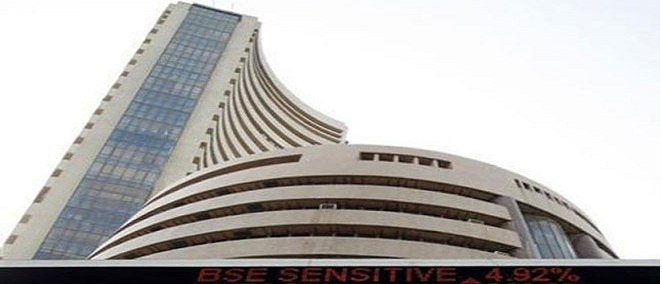Table of Contents

Many of us want to know that how is Sensex calculated? This article is written for the purpose of answering the same question.
Earlier Sensex was calculated based on full market capitalization. But since September 1, 2003 this index has been calculating on the basis of free float market capitalization methodology.
The term ‘free float market capitalization’ refers to that proportion of total shares which are available for trading in stock market. It means that out of total no. of issued shares, if promoters’ holdings, government holdings and other locked in shares are excluded then remaining shares represent free float market capitalization. So if put it simply, free float market capitalization is the proportion of total shares available for trading to the general public.
Process of calculating Sensex:
Step 1: Determination of total market capitalization: The Sensex comprises of 30 stocks which are listed on BSE and represents various sectors of Indian economy. The very first step in the calculation of Sensex is the determination of total market capitalization of these 30 companies. For this purpose, market capitalization of each company is calculated and then added up to reach total market capitalization of Sensex constituents.
Market capitalization of an individual company is calculated by using the given formula:
Market capitalization = Total no. of issued shares × market value of each share.
Step 2: Calculation of free float market capitalization: The second step in the calculation of Sensex is the determination of free float market capitalization. This is done by multiplying the free float factor by the total market capitalization of that company. This free float factor can be taken from BSE website. The free float factor tells that how much shares of a company is available for trading to the general public. If free float market factor of a company is 0.65 then it means that only 65% of total shares are available for trading to the general public.
Step 3: Establishing a link to the base period: This is the most important step in calculation of Sensex. The only thing that links the current Sensex price and the Sensex price at the time of base period, is this step. In this step the free float market capitalization of the index constituents is divided by a number known as the index divisor.
Index divisor is an arbitrary no. which is used in the calculation of an index. This number is calculated by dividing the base year’s index value by base period’s market capitalization of the concerned stock market.
Example: How is Sensex calculated?
Let’s suppose that the Sensex is consisting of only 3 stocks i.e. X, Y and Z. The given table shows that how Sensex is calculated:
| Step 1 | |||
| Total stock | Market price of each stock | Market capitalization | |
| X | 1,00,000 | 40 | 40,00,000 |
| Y | 90,000 | 55 | 49,50,000 |
| Z | 1,35,000 | 32 | 43,20,000 |
| Total market capitalization | 1,32,70,000 | ||
| Step 2 | |||
| Market capitalization | Free float factor | ||
| X | 40,00,000 | 0.75 | 30,00,000 |
| Y | 49,50,000 | 0.85 | 42,07,500 |
| Z | 43,20,000 | 0.70 | 30,24,000 |
| Total free float market capitalization | 102,31,500 | ||
| Base year | 1978 – 79 |
| Base Index | 100 |
| 1978 – 79 | Current value | |
| Market capitalization on | 60,000* | 102,31,500 |
*Assumed value for calculation
| Step 3 | ||
| Sensex | 10231500 × (100/ 60,000) | 17052.5 |

That’s actually excellent, keep up writing.
You are amazing!
very reasonable
Very informative article